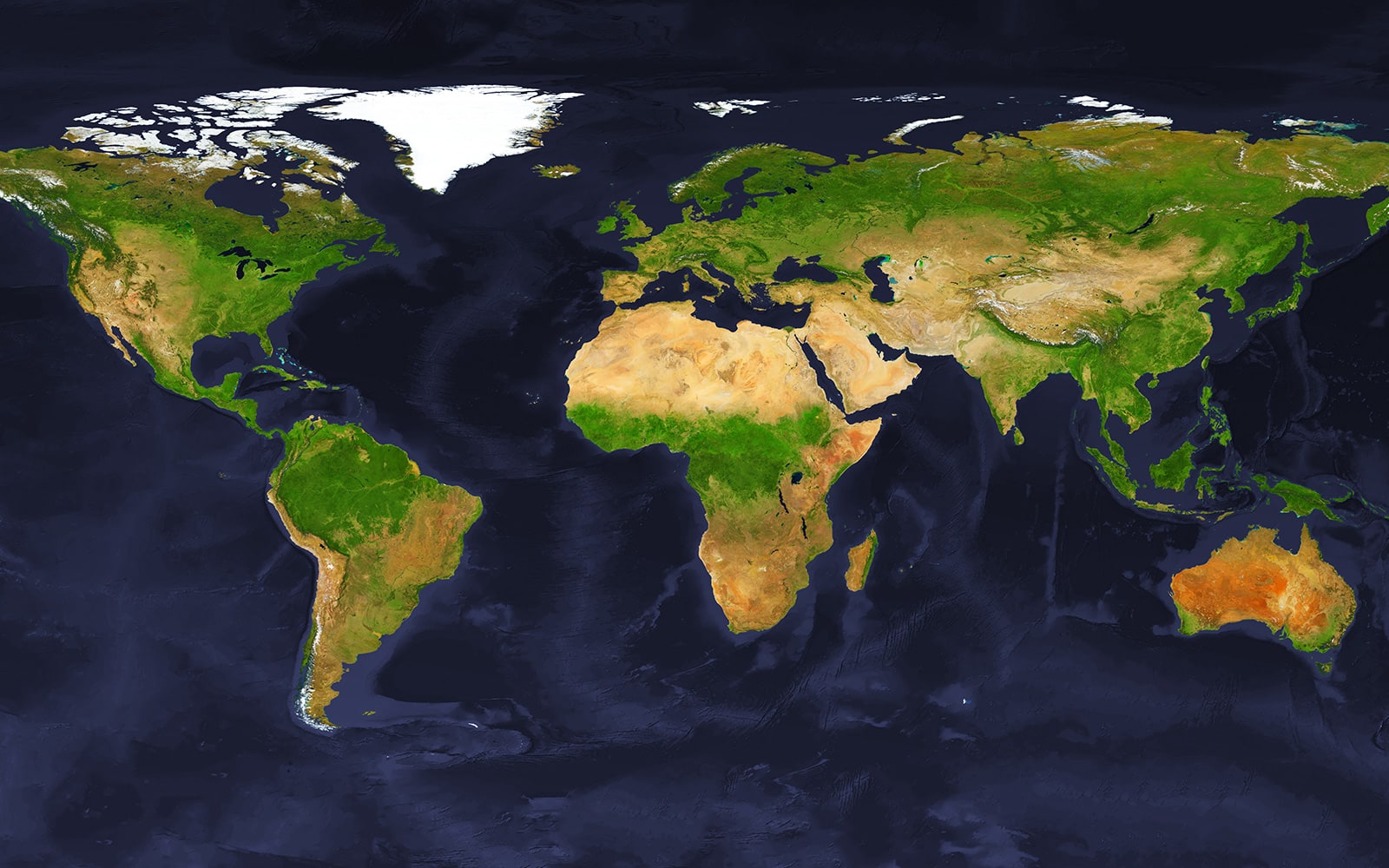WHAT ARE CAMERA TRAPS?
Camera traps are automatic cameras that allow animals to take their own selfies. They are activated by a range of devices such as trip-wires, pull-wires, pressure plates, lasers or microwave sensors. By looking for sudden changes in the surface temperature of the environment caused by the presence of an animal, the sensor triggers the camera and captures never-before-seen photos of wildlife in their natural habitat.
© WWF-Nepal
WHY CAMERA TRAPS FOR CONSERVATION?
Camera traps are easy to handle, and they don’t disturb wildlife. Some are triggered by movement, while others use thermal sensors to detect sudden changes in heat created when a warm-bodied creature comes along. The pictures and video they capture provide a wealth of data about the abundance and behaviour of wildlife, population changes and — most importantly — whether conservation measures are working.
WHERE IS WWF USING CAMERA TRAPS?

ARVIAT
NUNAVUT
A community-based approach to understanding the drivers of polar bear-human interactions.
BANKE NATIONAL PARK
NEPAL
Capacitating local communities to
monitor tiger and prey populations in buffer
zones and biological corridors.
CAMERA TRAPS IN ACTION
Explore how WWF-Canada is using Camera Traps for conservation.
Smile! Camera traps boost efforts to protect wild cats
© DNPWC / WWF-Nepal
CAMERA TRAPS IN ACTION
Smile! Camera traps boost efforts to protect wild cats
Across Asia, big cats face threats from poaching, habitat encroachment and climate change.
Experts estimate that as few as 4,000 snow leopards remain in the wild, and tiger numbers are even lower. To save them, we need every bit of information we can get.
Big cats are incredibly elusive. They seamlessly blend into their surrounding landscapes, making it very difficult to track them and spot them in the wild. That is where camera traps come in. When placed strategically, these automatic cameras can collect crucial data of rare mammals in the most remote places on Earth.
In 2011 WWF-Canada’s Asian Big Cats lead specialist and his team, set out to Bhutan to search for the “ghosts of the mountain.” Signs of scat and scrape that might have belonged to snow leopards were identified, but concrete evidence of their presence was lacking.
Fifty-four traps were placed across potential snow leopard habitats as well as along a strategic stretch of treeline straddling grassland and alpine forest. Approximately 120,000 photos were collected from the camera traps, with 1,000 of them being snow leopard images. The team was able to analyze the photos and using statistical modelling, develop a more precise estimate of snow leopard populations in the area to guide conservation efforts.
The camera traps were able to capture other eye-opening aspects including behaviour tactics such as scent marking, as well as the presence of seven other species of wild cats.
© Rinjan Shrestha / WWF-Canada
Achieving 2022 Goals
WWF is supporting development and application of camera trap technology to study the ecology and behaviour of elusive animals like tigers and snow leopards. These initiatives will directly contribute to achieving global goals such as doubling the number of tigers by 2022.
Technological advances promise to make this research tool even more valuable going forward. For example, networked camera traps can automatically transmit images back to a central base station in near-real time, eliminating the need to retrieve data cards.
IMPACT
2009
Camera traps have contributed to nationwide population monitoring of tigers in Nepal for 3 consecutive periods since 2009.
OUR PARTNERS IN CAMERA TRAP TECHNOLOGY

OUR PARTNERS IN CAMERA TRAPS

Want to partner with us?
